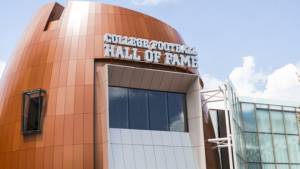
Tuesday, December 6, 2016. Tonight in New York City—the Grand Ballroom of the Waldorf Astoria Hotel, to be exact—14 former players will be inducted into the College Football Hall of Fame, operated by the National Football Foundation. Abner Haynes will not be among them, it pains me to say. For the past 12 months, I have written articles, made videos, sent out letters and e-mails, and done everything I could to present Haynes’ case. I will state categorically that he should have been so honored a long time ago. If he were invited to tonight’s black-tie affair, Marlin Briscoe, Derrick Brooks, Tom Cousineau, Randall Cunningham, Troy Davis, William Fuller, Bert Jones, Tim Krumrie, Pat McInally, Herb Orvis, Bill Royce, Mike Utley, Scott Woerner and Ron Woodson could step aside, as far as I’m concerned. Primus inter pares (first among equals), as the Greeks and Romans used to say. None of them had better credentials than Haynes at North Texas State from 1956 to 1959. On top of that, of course, is the fact that Haynes was the first African-American player at an erstwhile European-American college in the South. His role in moving the integration process forward is of profound importance.
Dallas days, watching Haynes with the Texans
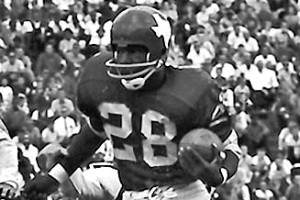
It should come as no surprise that I deeply admire and respect Haynes. I was a tow-headed schoolboy aged 8, 9 and 10 from 1960 to 1962 when I watched him with the AFL’s Dallas Texans. Those days at the Cotton Bowl are etched on my brain. Having seen Haynes play, I can tell you he was studly. Fast and elusive, he could also go up the middle and get a tough first down for Hank Stram‘s club. Did you know that in the first three years of his pro football career, he scored more touchdowns (45) than Jim Brown (42) did with Cleveland of the NFL? It was not unusual to see him get loose for long scoring runs or receptions—50 yards, 60 yards, 70 yards. It happened often. In college and in the pros, Abner Haynes was a game breaker.
The issue here is not what he did in the pros (although I will add that his 12,065 yards rushing, receiving and returning kicks was the most in AFL history), but it’s pertinent and strongly validates his showing at North Texas. These points, which I have made previously, bear repeating. He was at North Texas only because the schools of the Southwest Conference thought they were not ready to integrate their football programs. How many times since Reconstruction did black Americans hear these feeble words, “not yet,” “some day,” “later” and “not now”? The Supreme Court’s landmark decision about school integration came in 1954, when Haynes was finishing his sophomore year at Lincoln High School in Dallas. Perhaps naively, he took the Supremes at their word. By the time he graduated, he was a polished athletic specimen who could have contributed to literally any college team. He wanted to play in Texas, but SWC coaches like Jess Neely of Rice, Bear Bryant of Texas A&M and Abe Martin of TCU simply would not have it. These men’s vision ended at the tips of their respective noses! Jim Crow football was just fine with them, although they surely knew that integration was coming. This, in summary, is why Haynes was reduced to walking on at a remote, no-name school like North Texas. Let’s not pretend that things were always rosy with the Eagles football team. A few of his teammates were initially opposed (as was the case with Jackie Robinson and the Brooklyn Dodgers nine years earlier, and Jerry LeVias and his SMU teammates nine years later), but they came around when they saw he could help them win. They fought as brothers on football fields from Texas north to Ohio and west to California. On the first day of practice, coach Odus Mitchell was insistent that Haynes get a fair shot and he took full advantage.
Haynes in the SWC in the late 1950s?
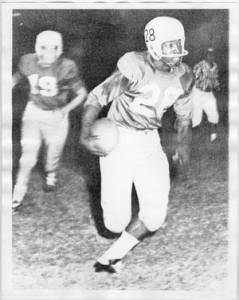
I have examined Haynes’ would-be competitors in the Southwest Conference in the late 1950s, and as sure as the sky is blue he would have excelled. With that would have come the media attention that was rightly his and the first-team all-America status the NFF holds as its primary rule for eligibility in the CFHOF. The numbers show that Haynes was the best running back in the nation in 1959 and was more deserving of the Heisman Trophy than LSU’s Billy Cannon (the runaway winner); he got a few honorable-mention votes for A-A but zero for the Heisman.
As a man of letters and an avid seeker of truth and justice, I considered it my duty to rectify this matter. Before a single step was taken on Haynes’ behalf, I knew of the hidebound criteria that excluded him from induction into the CFHOF. But I would not be dissuaded. With payment of fifty bucks, I joined the Football Writers Association of America, gained access to its membership directory and proceeded to e-mail more than 900 (yes, nine hundred) of my “colleagues.” Most ignored me, as did all of the 80 or so members of the National Association of Black Journalists to whom I wrote. Several of my finely crafted articles on this topic were offered, free of charge, to the Austin American-Statesman, Fort Worth Star-Telegram, Houston Chronicle, Denton Record-Chronicle, Waco Tribune-Herald and other publications in Texas, to no avail. Perhaps provocatively, I drew up a comparison of Haynes and Cannon (two-time consensus A-A) in college, and sent it to the Baton Rouge Advocate. They were not about to touch that, uh-uh.
A friend urged me to contact Jesse Washington, a black writer who, according to his web site, explores the intersections of race, sports and culture. I wrote to him, but Washington declined, saying it was “not my cup of tea.”
I did have some supporters, and I want to name them here—Patrick Engel of SMU, Rodney Haltom of the Eufaula Indian Journal, Dave Plati of the University of Colorado, former UT coach John Mackovic, Dr. Richard Lapchick of the University of Central Florida, John Eisenberg of the Baltimore Ravens, Rex Lardner of American Football Weekly, Bo Carter of the NFF, Alexander Wolff of Sports Illustrated, Mimi Swartz of Texas Monthly and sports author/hoops coach Rus Bradburd. All agreed that Haynes was worthy of my efforts. The most substantial help came from Kevin Sherrington of the Dallas Morning News who devoted his January 10, 2016 column to this topic. He titled it “College legend gets support from afar,” afar being Seoul, Korea.
Cowardly sports writers
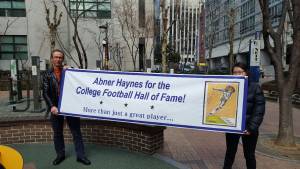
Speaking of the media, I made pointed comments about its timidity on this matter during the 1950s and early 1960s. Where were the outraged columns and editorials from the pens of Blackie Sherrod, Dave Campbell, Gary Cartwright, Dan Jenkins, Mickey Herskowitz, Lou Maysel and other Texas sports writers? No one thought to challenge the gentleman’s agreement whereby SWC coaches blithely ignored the black athletic talent all around them. The writers were cowards, as were the coaches, whose motto was apparently “If you don’t, I won’t.” They cared less about winning games and championships than maintaining European-American hegemony. Darrell Royal once told me there was nothing written, spoken or understood, not even the slyest wink of an eye, that precluded integration of SWC football in those days, an assertion that strains credulity to the breaking point.
The renamed University of North Texas—with the exception of sports information director Eric Capper—was strangely silent about my campaign for Haynes. Pat Forde of ESPN, Bill Rhoden of the New York Times, Dan Wetzel of Yahoo Sports, Pete Thamel and Andy Staples of Sports Illustrated, and Dennis Dodd of CBS Sports heard from me and must have thought the story was of little interest or not timely. I can assure you, I gave the business to Dennis Adamovich of the CFHOF, along with Steve Hatchell, Archie Manning, Matt Sign, Dan Jenkins and others at the NFF. Many times they surely muttered, “Oh boy, here’s another letter from Pennington in Korea taking us to task about Abner Haynes.” Hatchell responded, just once. He acknowledged that Haynes had a splendid career in Denton but also made clear that the criteria were fixed, immutable and unyielding. I stood my ground and urged that the voters be allowed or even encouraged to consider context rather than using the blunt instrument that is the first-team A-A rule. Some first-team A-A’s weren’t all that great (tempted though I may be to name names, I refuse to do so), and the converse is also true.
My chance to meet him and family
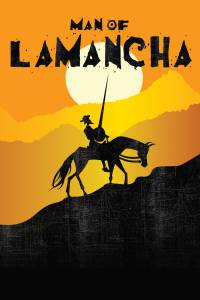
At any rate, Haynes is not in and is not going to get in—a fact that I have no choice but to accept. I had the great honor of meeting him in Dallas in September. The occasion was a family party attended by about 20 people of varying ethnicities. He is 79 and while not in the best of health, he’s still robust. I talked to him, listened to him and watched him. It may have seemed odd, but I took both of his hands in mine and gazed at them. “Look at these hands,” I said to him and others nearby. “These hands have toted a football, caressed a woman, done hard work and fought. Anybody who messed with Abner Haynes was asking for trouble.” I was nattily dressed for the party, wearing a custom-made green (North Texas’ primary color) number 28 jersey with an Eagles logo on both sleeves. “Haynes” was stitched across the back.
I hope you will forgive me for paraphrasing “Man of La Mancha” here. Over the past 12 months I dreamed the impossible dream, fought the unbeatable foe, bore the unbearable sorrow and ran where the brave dared not go. Was I on a fool’s errand in seeking to right the unrightable wrong? Some thought so, but this was what I had to do. I have no regrets.

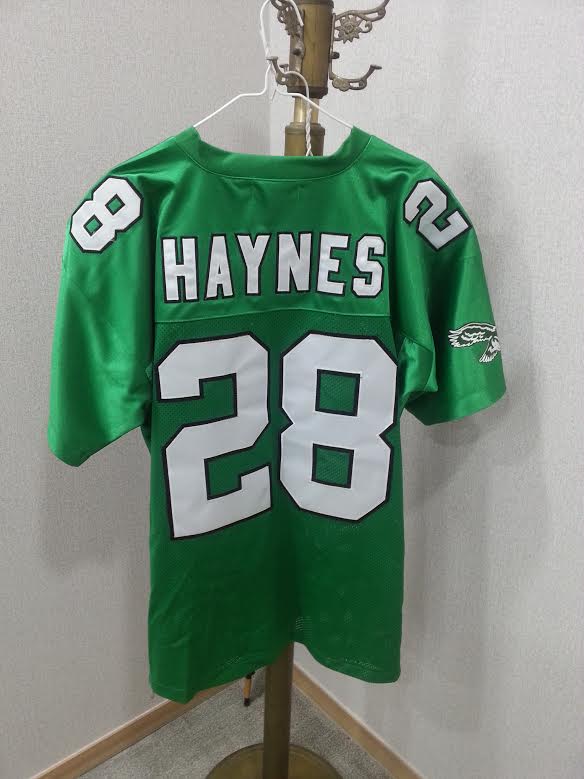
Add Comment